Exact Answer: 24 hours
Waxing refers to the process of removing hair from its root with the help of a sticky substance called wax. The hair gets removed from the follicle and new hair will not grow in this area for a period of 4 to 6 weeks (about 1 and a half months). As you might have seen in many videos, waxing is very painful, therefore most people prefer razor over it. Some people get bleach done after waxing as it brightens the skin but waxing and bleaching should not be done together or in a short margin of time because it might cause side effects such as itchiness, rashes, and so on.
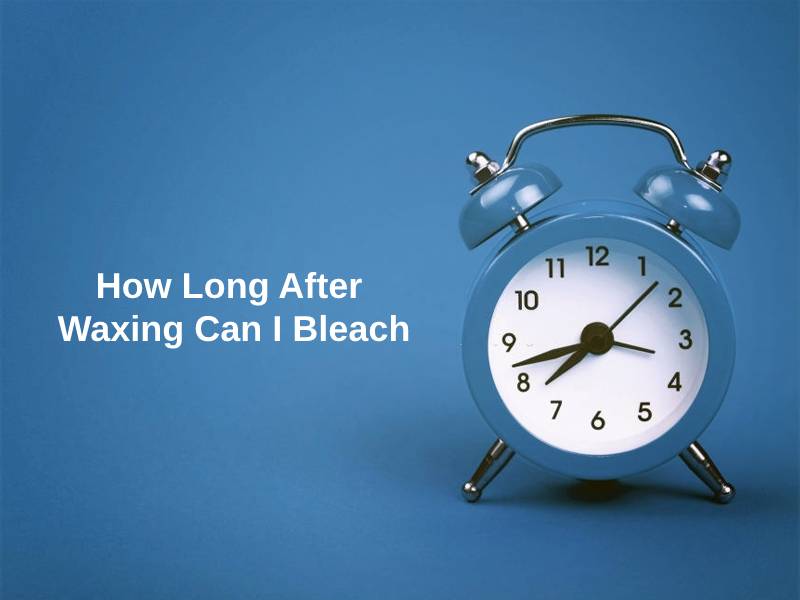
How Long After Waxing Can I Bleach?
Skincare experts ask you to stay away from any sort of liquid for a period of 24 hours after you get waxing done. Utmost care has to be taken to not let waterfall on the areas you have waxed. As frequent waxing causes discoloration, many people prefer to get bleaching done as soon as possible because the skin tone might appear uneven. We need to understand that, doing so, might cause severe burning. Waiting for a day is better than getting burnt.
| Place | When Can I Bleach |
| Upper Lips | It is important to wait for at least 12 hours to bleach your upper lip after waxing |
| Hands and Legs | Skincare experts ask you to not let water touch your body for a day after waxing. You are asked not to take bath during this period. |
| Underarms | Give it 12 to 24 hours |
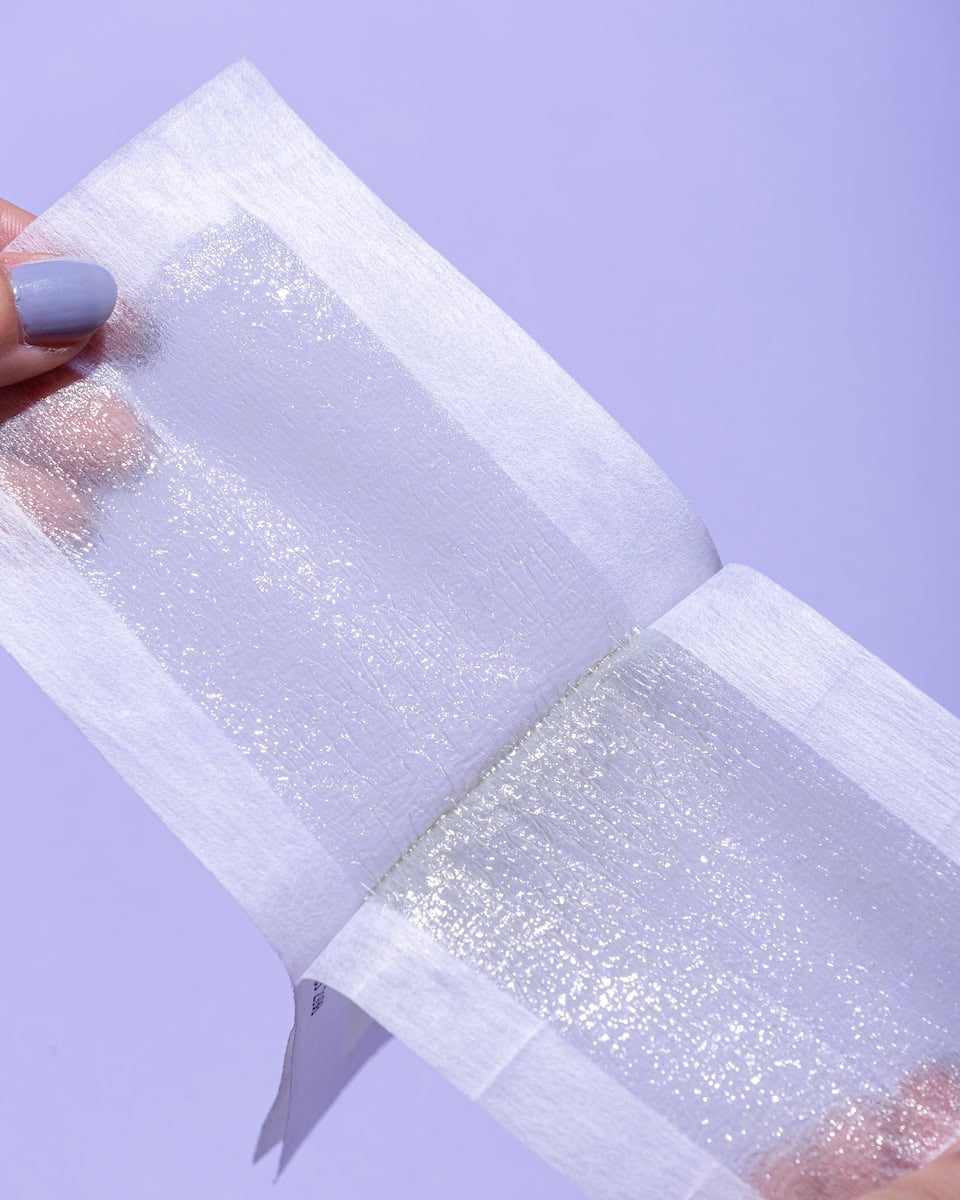
Bleaching changes the color of your facial hair. It changes the color to match your skin tone and therefore people might not be able to spot it. The bleaching gel stays on the face for about 10 to 15 minutes and then is washed away. It stays for a period of four weeks. You can get it done yourself. Some people tend to bleach their face a day before waxing but it makes no sense as bleach itself removes the hair. There is no necessity of waxing here. It’s either just bleaching or bleach after waxing.
Why Does it Take So Long to Bleach After Waxing?
The skin becomes ultra-sensitive when you get waxed and therefore it is important to not expose it to chemicals for at least a day. Any type of bleaching immediately after waxing causes skin burning. Waxing takes with it, a layer of dead skin, which leaves it very sensitive. Even your face wash and cold creams contain chemicals. Some people tend to wax in the same area again and again, which you are recommended not to, because, doing so is going to make your skin thinner and more sensitive. You are advised to not use them either for a day after you get waxed. Other than bleaching, going out in the sun, after waxing, might damage your skin as your skin is very sensitive.
If it’s the fact that we are talking about, you are advised to not get it bleached as bleach leaves you with a lot of redness and dryness.
Sometimes it’s better to just leave it at waxing and not go for bleaching because bleaching damages your skin a lot and it sometimes even darkens the thickness of your body hair. Wax and bleach are not advised to those that have thin skin.

There are many options available these days. See what suits your skin the best and go for it, because at the end of the day, everything aims at removing dead cells. If waxing and bleaching cause excess pain and redness, you are advised not to continue.
Wait for the sensitivity of your skin to cool off before you decide to get it bleached.
Conclusion
Each person’s skin varies and what seems to work for another might not go too well for you. When it is your skin that is concerned, it is important to do your research and see what is the best option for you. If in any case, waxing or bleaching causes a burning sensation or itchiness, it is better you do not get it done anymore as it is a sign that your skin is not supporting it. You can switch to healthy alternate food habits and develop a better lifestyle such as exercising regularly if chemicals are not your cup of tea.


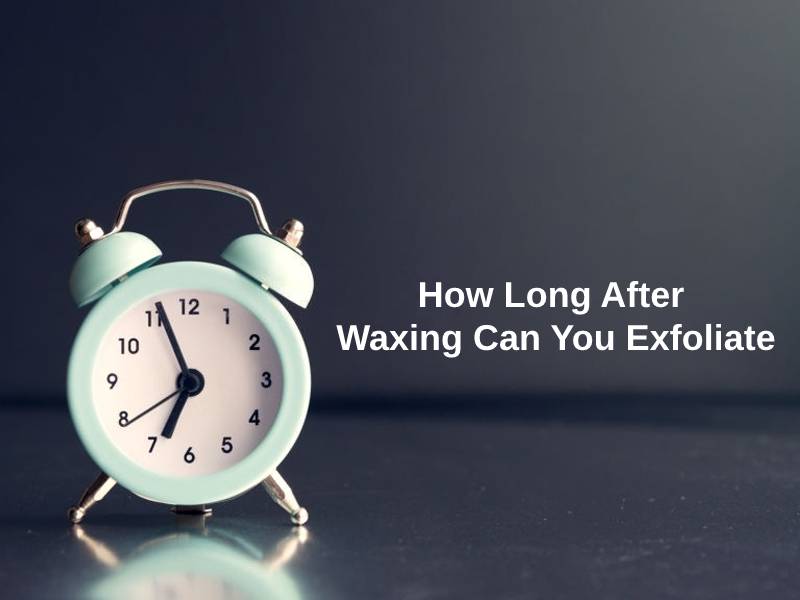

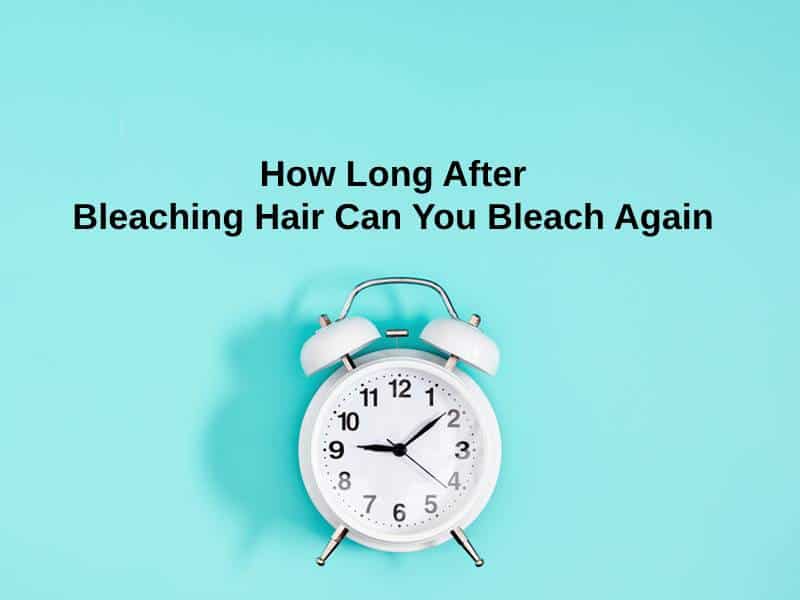


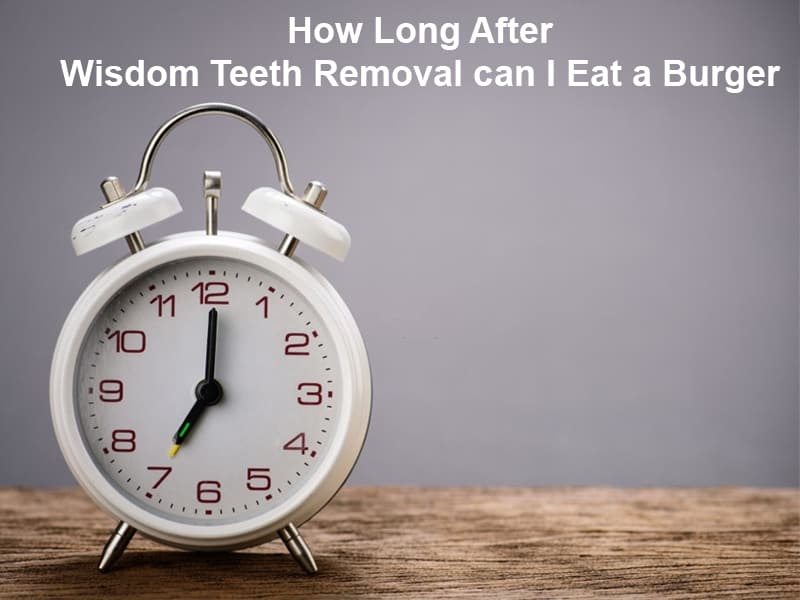

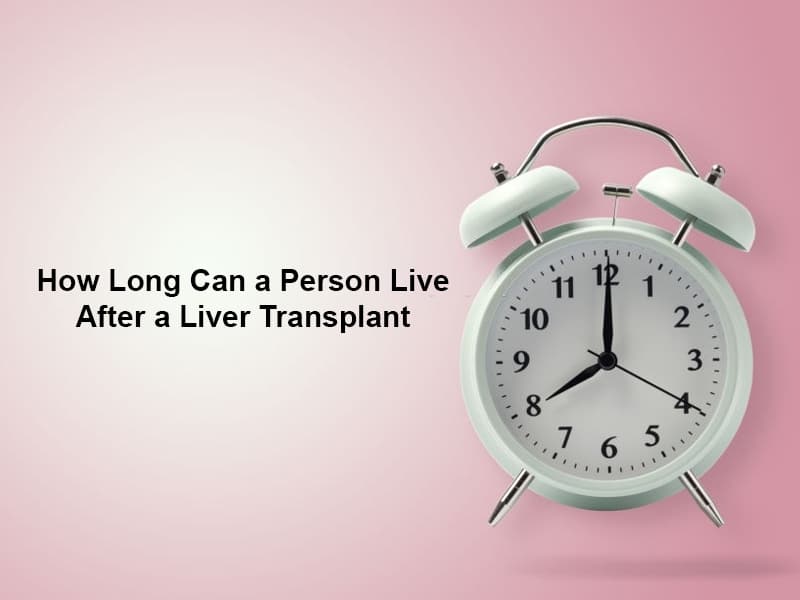

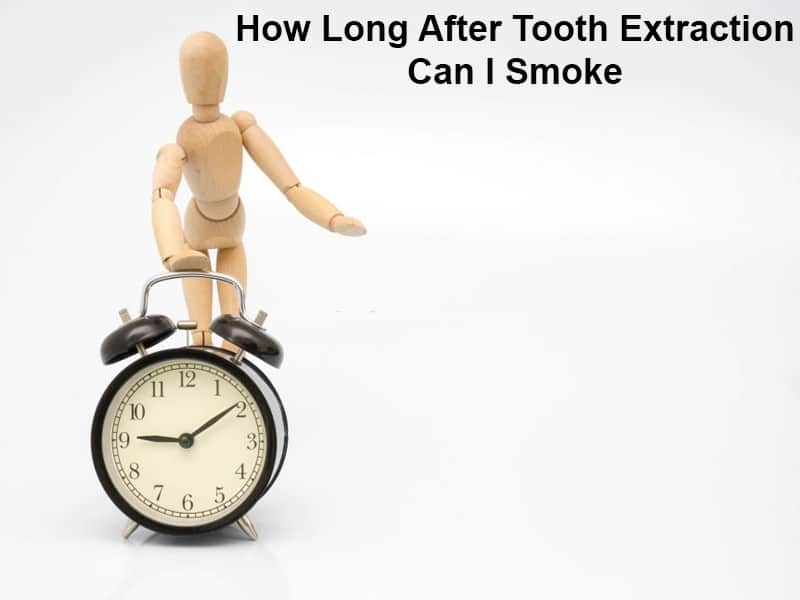


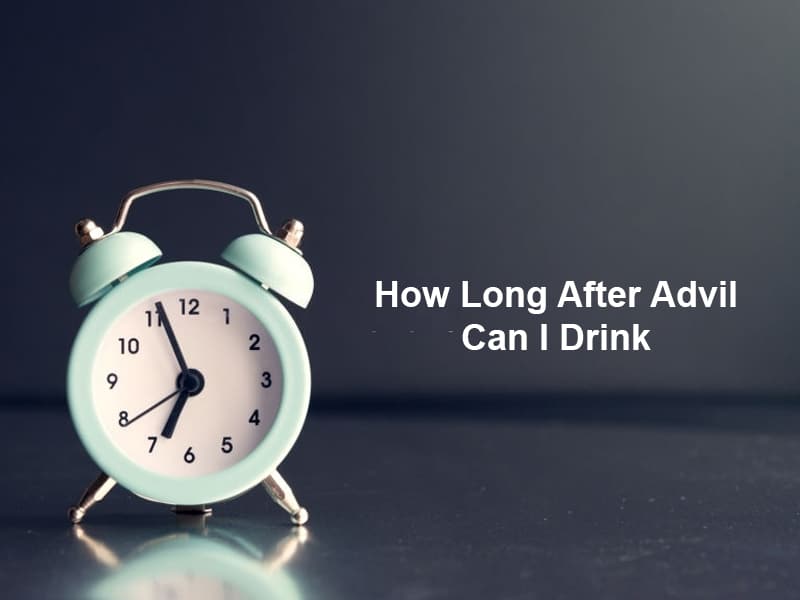


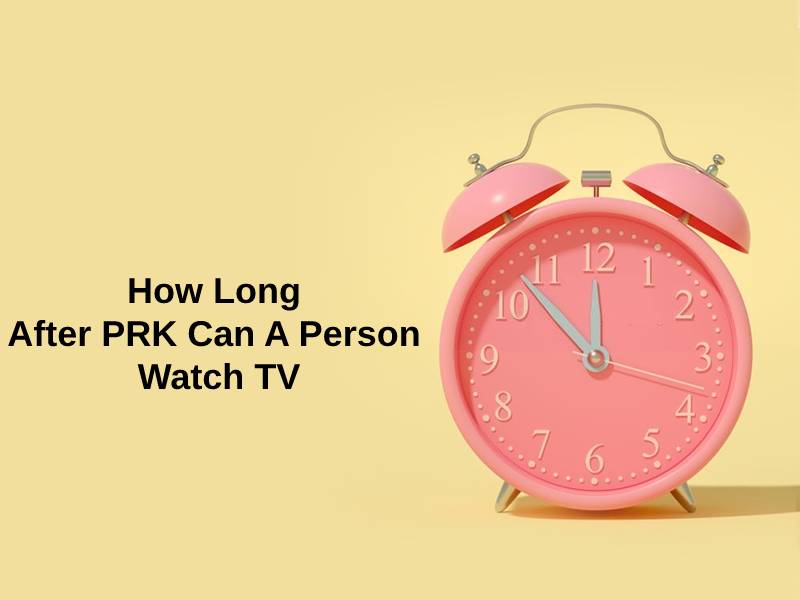
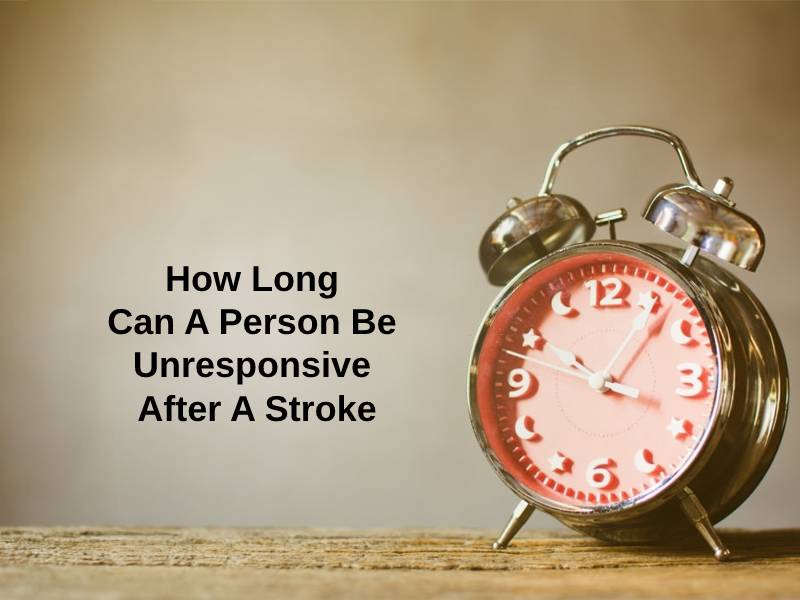


The post answers the question of when to bleach after waxing very well. It’s based on scientific knowledge and provides good tips for maintaining healthy skin.
Absolutely! The details about the sensitivity of the skin and the effects of both waxing and bleaching are well explained. This article is very helpful.
Instead of rushing into bleaching right after waxing, waiting for the skin to recover is essential. The writer has rightly emphasized the importance of self-care.
The post encourages readers to consider their skin’s sensitivity before rushing into bleaching post-waxing. The cautionary advice is well-presented and informative.
Absolutely, the author encourages readers to prioritize their skin’s well-being. The scientifically-backed information is really impressive.
Highly informative and well-researched. The post effectively communicates the risks of immediate bleaching after waxing. It’s a valuable resource.
The article offers a balanced perspective on waxing and bleaching and rightly advises caution. The emphasis on skin sensitivity is crucial for readers.
Very informative. It’s vital to understand the consequences of not following the expert advice. This article serves as a great guide for maintaining healthy skin.
The article conclusively explains the consequences of not waiting before bleaching after waxing. This will definitely make people think about the importance of patience in skincare.
Informative and well-articulated. It’s good to see the emphasis on self-care and safety before opting for these treatments.
I couldn’t agree more. The details provided about skin sensitivity and the potential risks of immediate bleaching add more credibility to the post.
The article is really informative and helpful for those who are considering waxing and bleaching. It made me think twice by providing useful information on how sensitive the skin is right after waxing.
Absolutely! It’s rare that we get such in-depth knowledge about beauty treatments. People should definitely read this before deciding to go for waxing+bleaching.
Waxing is painful and 24 hours waiting period for bleaching might be a long time for many people, but it’s better to be safe than sorry. Kudos to the writer for shedding light on this!
The post offers great insights into why it’s advisable to wait for at least 24 hours before bleaching after waxing. It’s essential to be cautious before going for any beauty treatment.
I totally agree. This article is full of facts and scientific references which add to its credibility. It’s a must-read for anyone considering these treatments.
24 hours might seem like a long duration, but the article explains the science behind it and emphasizes the importance of patience. Great job!
The author has effectively clarified the timeframe for bleaching after waxing and highlighted the risks associated with ignoring this advice. It’s a really helpful guide.
The article is packed with relevant information and provides a strong warning against hasty bleaching after waxing. The author has done a great job of explaining this.
The details about when to bleach different areas of the body after waxing are quite helpful. It’s better to wait for the skin to heal rather than rushing into bleaching.
It’s great to see scientific references used to explain the need for waiting before bleaching post-waxing. It’s always better to be cautious with skin treatments.
The article provides a lot of details and it’s clear that patience is the key when deciding to bleach after waxing. An interesting read!